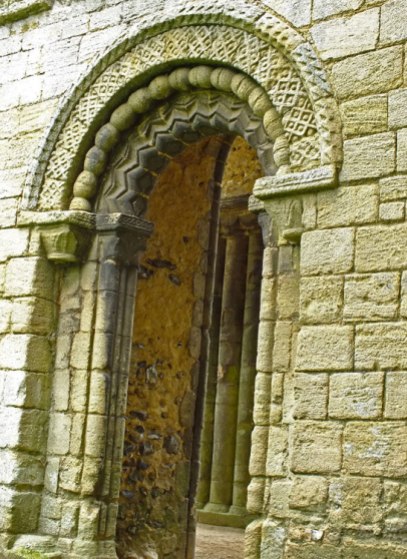I lived in Ludlow from 2011 to 2016 and spent many an hour walking around the town. On this walk we’ll begin in the Castle Square and head eastwards out of the market place calling in at Quality Square, a delightful cobbled courtyard dating back to the 16th century, for a good breakfast at ‘The Wine Bar’¹. We’ll sit outside to enjoy the morning sunshine if possible, and listen to the chimes of the parish church bells. I’ll have the eggs Benedict with a black coffee please, but I can also recommend the full English breakfast.
Moving along Church Street one of three ‘cross’ streets that run in parallel (Church St, High St and Market St) we pass two carved heads that were moved to this site in 1743 from the site of a conduit brought into town in the 16th century though nothing remains of the conduit now. Two pubs along here, ‘The Rose & Crown’ and ‘The Church Inn’ offer decent pub food and real ales with the later doing a huge range of pies.

Slipping down College Street we find St Laurence’s Church, rebuilt in 1199 and extended between the 15th and 17th Centuries. This is an example of the perpendicular style of English church building. The tower is from the 15th century and is 135 ft (41m) high and can be seen from a great distance across the Marches and is often referred to as the Cathedral of the Marches. It has many fine features such as the wonderful stained glass windows and famous 15th century misericords, still looking like new and it is well worth a visit.
You can also climb the tower for superb views over the surrounding countryside, though I confess I never did. The church bells are famous too and the carillon plays a tune at 8am, noon, 4pm and 8pm with a different tune each day. A memorial plaque to A E Housman, famous for his poems ‘A Shropshire Lad’ can be found on the North wall near where his ashes are buried and a cherry tree has been planted in his memory. Housman in fact is not a Shropshire lad, but came from Bromsgrove in Worcestershire. Continue reading A Ludlow Walkabout
0.000000
0.000000
































